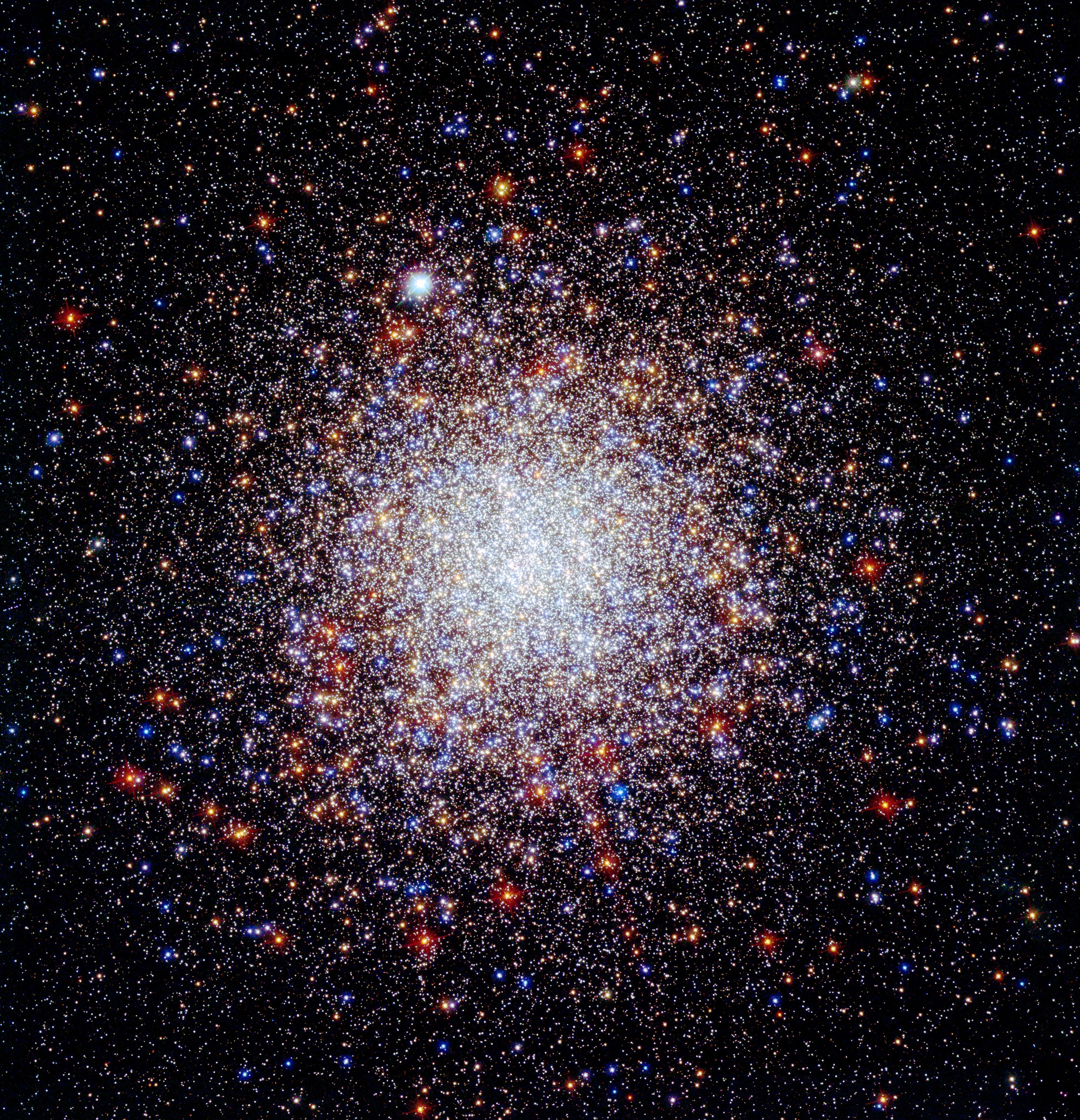NGC 5286 is an old globular cluster in Centaurus, which is 35,900 light years away from Earth. It is 4 arcminutes North of M Centauri. The first record of NGC 5286 was in 1827, noted by Scottish astronomer James Dunlop. It is believed to be one of the oldest clusters in the galaxy, with an approximate age of 12.52 billion years.
In 2013, a paper was published by Feldmeier, A.; et al. that believed due to the kinematics of the cluster, there is sufficient evidence to prove that an Intermediate Black Hole exists at its center, comprising of 0.9% of the clusters mass.
This cluster is also identified to be a member of the Gaia Enceladus, a dwarf galaxy that merged with the Milky Way galaxy 8-11 billion years ago.
Collecting data on NGC 5286 required the use of Skynet’s PROMPT telescopes, and capturing 5 sets of exposures for 60 seconds in the B filter, and 30 seconds in both the V and R filter. The nearby G-type Giant Binary star M-Centauri makes capturing an image of the cluster difficult, as apparent in the captured images. M-Centauri has an apparent magnitude of 4.6.
This cluster was studeied by Kharchenko et al (2013), who found parameters for NGC 5286. I plotted the Gaia data with those parameters and found that it’s metallicity was -1.4, and its reddening is 0.239. This entire project was exciting! I learned a lot about globular clusters, and how a black hole could be apparent even if it appears to be a wall of light that’s imaged.

NGC-5286 imaged by a composite of two Hubble instruments
I have shown off images before and after colorization to my friends and my wife. I was not sure what to expect, but taking images of stars, nebulas and galaxies has been the best part of my education.